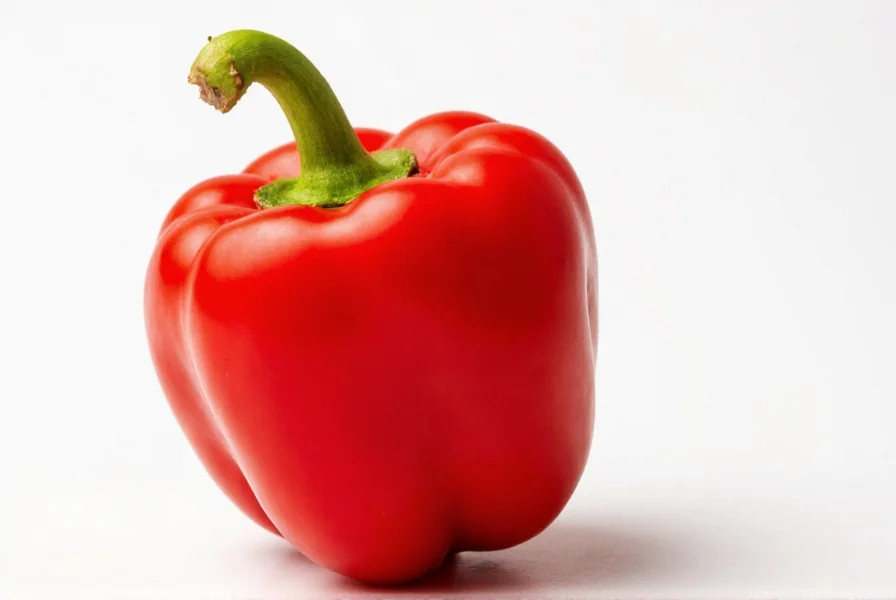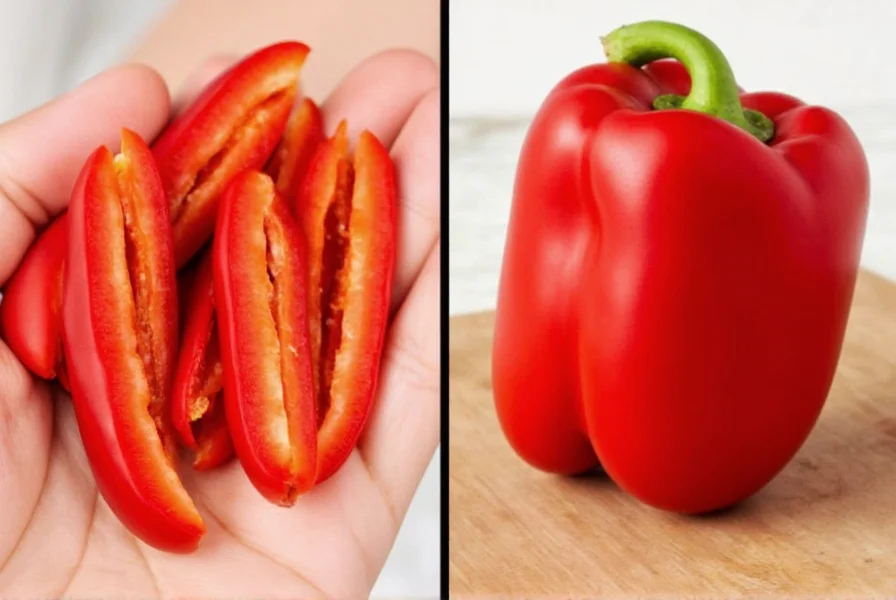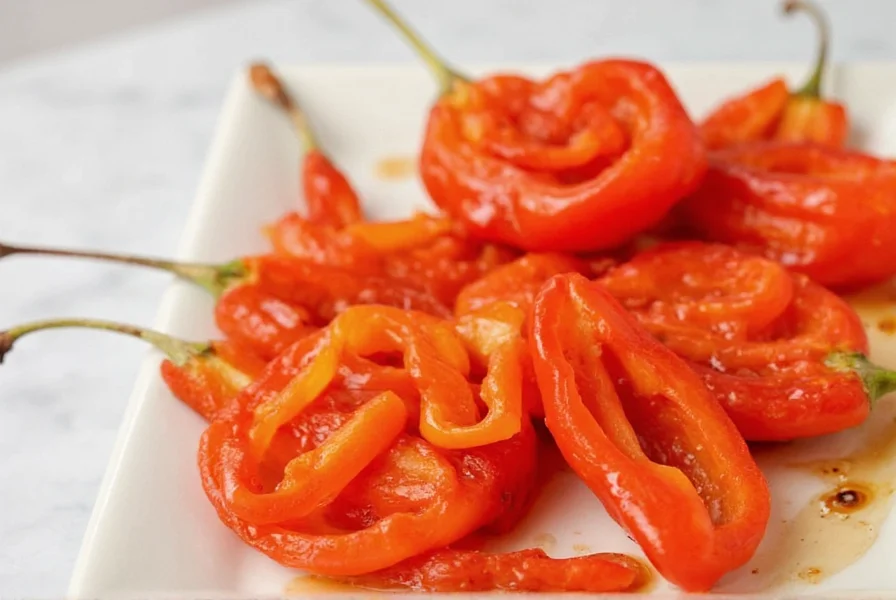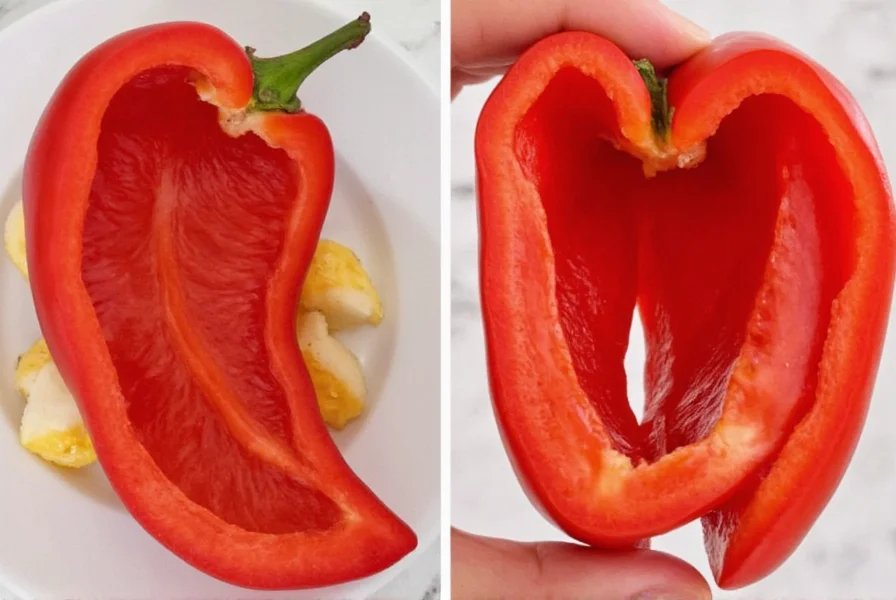If you're looking for a versatile condiment that adds a burst of sweet-tangy flavor to any dish, sweet red pepper relish is your perfect kitchen companion. This vibrant condiment is made from finely chopped red bell peppers preserved in vinegar, sugar, and spices, offering a unique balance of sweetness and acidity that elevates countless dishes.
Whether you're preparing burgers, sandwiches, dips, or even baked goods, sweet red pepper relish brings something special to the table. In this guide, we'll cover everything you need to know about this delicious condiment—from storage tips to creative uses and how to choose the best jar for your needs.
What Exactly Is Sweet Red Pepper Relish?
Sweet red pepper relish is made by finely chopping and preserving red bell peppers in vinegar, sugar, and various spices. The result is a vibrant, sweet-tangy condiment that brings life to everything from grilled meats to deviled eggs.

The texture is slightly chunky, the color is bright red, and the flavor profile sits perfectly between savory and sweet—making it a crowd-pleaser for many taste buds.
Smart Storage Tips for Longer Shelf Life
To make the most out of your sweet red pepper relish, proper storage is key. Here are some pro tips:
- Refrigerate after opening: Even though the vinegar helps preserve it, refrigeration slows oxidation and keeps the flavor fresh longer.
- Use clean utensils: Avoid introducing bacteria by using a dry, clean spoon each time you scoop out relish.
- Check expiration dates: Unopened jars can last up to a year, but once opened, aim to finish within 3–6 months.
- Freeze for long-term use: Yes, you can freeze it! Pour into ice cube trays for easy portioning and store in freezer-safe bags for up to 6 months.
- Seal tightly: Make sure the lid is on securely to prevent air exposure and moisture contamination.
| Storage Method | Shelf Life | Flavor Retention |
|---|---|---|
| Unopened at room temperature | Up to 1 year | High |
| Opened, refrigerated | 3–6 months | Moderate to high |
| Opened, frozen | 6 months | Moderate |
Top 10 Creative Hacks Using Sweet Red Pepper Relish
You might think of it as just a topping, but sweet red pepper relish has far more tricks up its sleeve. Check out these genius hacks:
- Add to Deviled Eggs: Mix a teaspoon into the yolk filling for a surprising twist that guests will love.
- Boost Your Burger Sauce: Combine with mayo, ketchup, and a dash of hot sauce for a quick gourmet burger topping.
- Spice Up Tuna Salad: Stir in a few spoonfuls instead of pickle relish for a sweeter, bolder flavor profile.
- Make a Glaze: Simmer with honey and soy sauce for a sticky glaze perfect for roasted chicken or pork chops.
- Bake Into Savory Muffins: Add to cornbread or cheddar cheese muffin batter before baking for a burst of flavor.
- Top Grilled Cheese: Layer a bit on top when melting cheese over bread for a sweet-savory bite.
- Enhance Marinades: Use as a base ingredient in marinades for grilled vegetables or flank steak.
- Stir Into Hummus: Blend a couple tablespoons into hummus for a zesty upgrade that's great on wraps or pita chips.
- Create a Fusion Pizza Sauce: Replace traditional tomato sauce with relish mixed with olive oil and herbs for a unique pizza experience.
- Dip It Out: Mix with Greek yogurt or sour cream for an instant dip for veggies, pretzels, or fries.


Buying Guide: What to Look For When Choosing Your Jar
With so many options lining the supermarket shelves, how do you pick the best one? Here's a breakdown of what to look for when selecting your perfect jar of sweet red pepper relish.
Natural Ingredients Only
Avoid products with artificial preservatives or colors. Stick to those with simple ingredients like peppers, vinegar, sugar, and spices.
Sugar Content
If you're watching your sugar intake, look for low-sugar or unsweetened versions that use natural alternatives like stevia or monk fruit.
Chunkiness Level
Do you prefer a smooth blend or a more textured bite? Read labels carefully to see if the relish is described as "chopped," "crushed," or "pureed."
Heat Factor
Some brands add a kick of heat (jalapeño, crushed red pepper flakes) while others stick strictly to sweet profiles. Know your preference before picking.
Packaging Type
Jars are the most common, but squeeze bottles can be more convenient for messy kitchens or outdoor cooking.

| Brand | Sugar Level | Heat Level | Texture | Packaging | Best For |
|---|---|---|---|---|---|
| Heinz Sweet Red Pepper Relish | High | Mild | Chopped | Glass Jar | Classic burgers & sandwiches |
| Trader Joe's Organic Sweet Pepper Relish | Medium | None | Fine Chopped | Plastic Jar | Health-conscious users |
| Frank's Sweet Heat Pepper Relish | Medium | Hot | Chunky | Glass Jar | Those who love a little spice |
| LaCoste Sweet Pepper Relish | Low | None | Smooth Puree | Squeeze Bottle | Grilled meats & sauces |
Frequently Asked Questions
What's the difference between sweet red pepper relish and regular relish?
Sweet red pepper relish is specifically made from red bell peppers with a higher sugar content and less vinegar, creating a sweeter, fruitier profile. Regular relish (like pickle relish) is typically made from cucumbers with a sharper, more vinegary taste.
Can I make sweet red pepper relish at home?
Absolutely! You'll need red bell peppers, vinegar, sugar, salt, and spices. Chop peppers finely, combine with other ingredients, and simmer until thickened. Properly canned, homemade relish can last up to a year unopened.
Is sweet red pepper relish spicy?
Traditional sweet red pepper relish is not spicy—it's named for the 'sweet' red bell peppers used, not for heat. However, some brands offer 'sweet heat' varieties that include jalapeños or red pepper flakes for a kick.
What dishes pair best with sweet red pepper relish?
It shines with grilled meats, burgers, sandwiches, deviled eggs, tuna salads, and as a topping for grilled cheese. It also works wonderfully in dips, marinades, and even baked goods like savory muffins.
How long does opened sweet red pepper relish last in the refrigerator?
When properly stored in the refrigerator with clean utensils and a tightly sealed lid, opened sweet red pepper relish typically maintains best quality for 3-6 months.
Final Thoughts: Spice Up Your Kitchen Today!
Sweet red pepper relish isn't just another condiment—it's a culinary tool that adds depth, brightness, and a little flair to any dish. With the right storage habits and a few clever hacks, you can make this underappreciated jar the star of your meal prep, dinners, and weekend grilling sessions.

Whether you're a seasoned chef or just starting out in the kitchen, don't underestimate the power of a good relish. From enhancing flavors to adding visual appeal, it's a small addition with big impact.
Now go grab a jar, open it up, and start experimenting—your taste buds will thank you!











 浙公网安备
33010002000092号
浙公网安备
33010002000092号 浙B2-20120091-4
浙B2-20120091-4